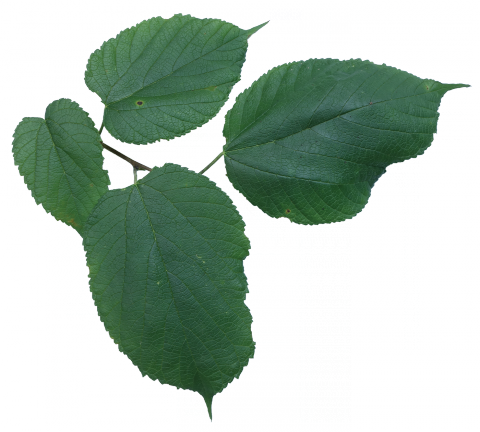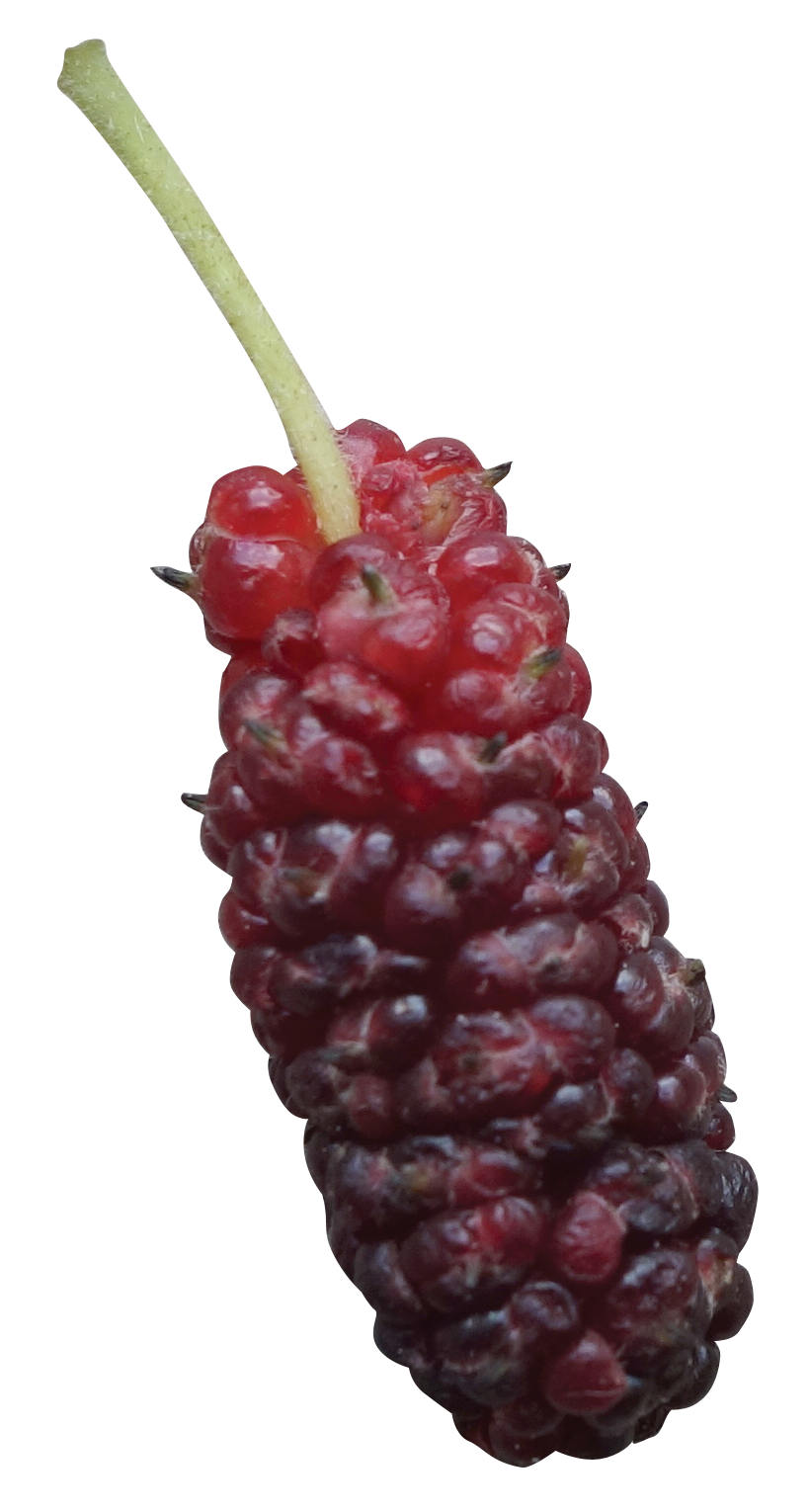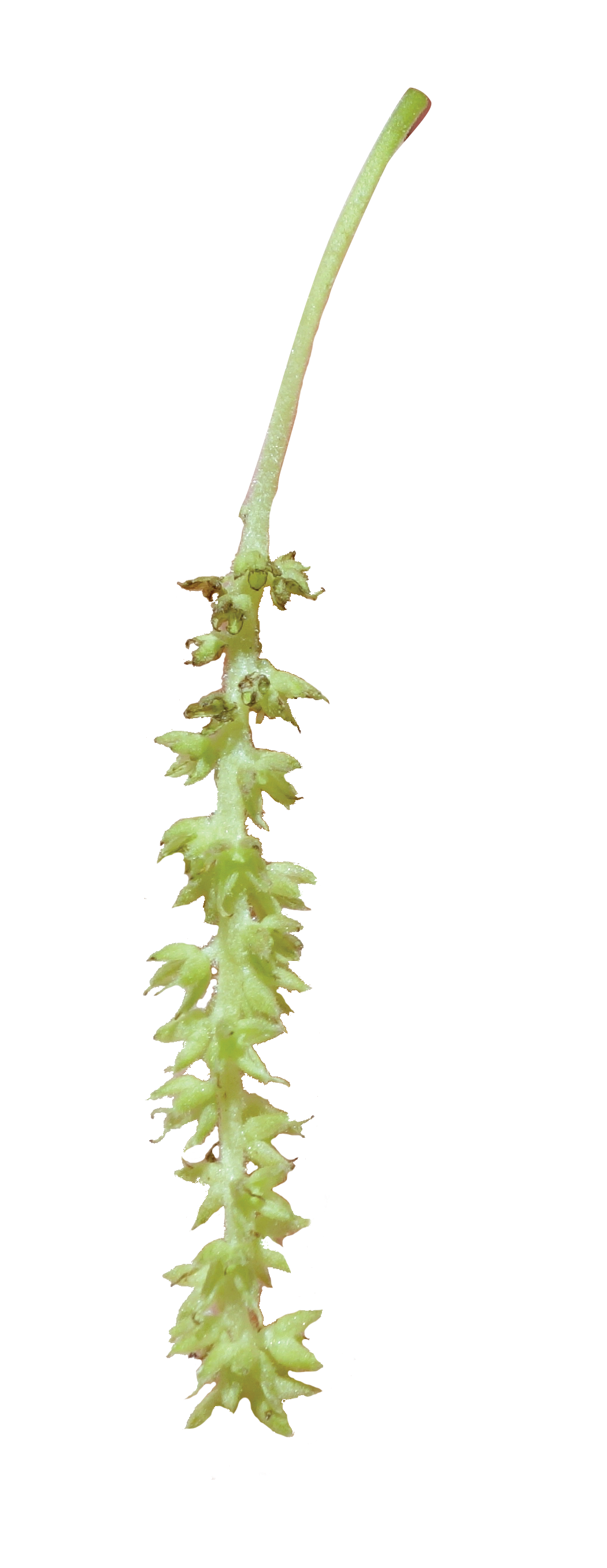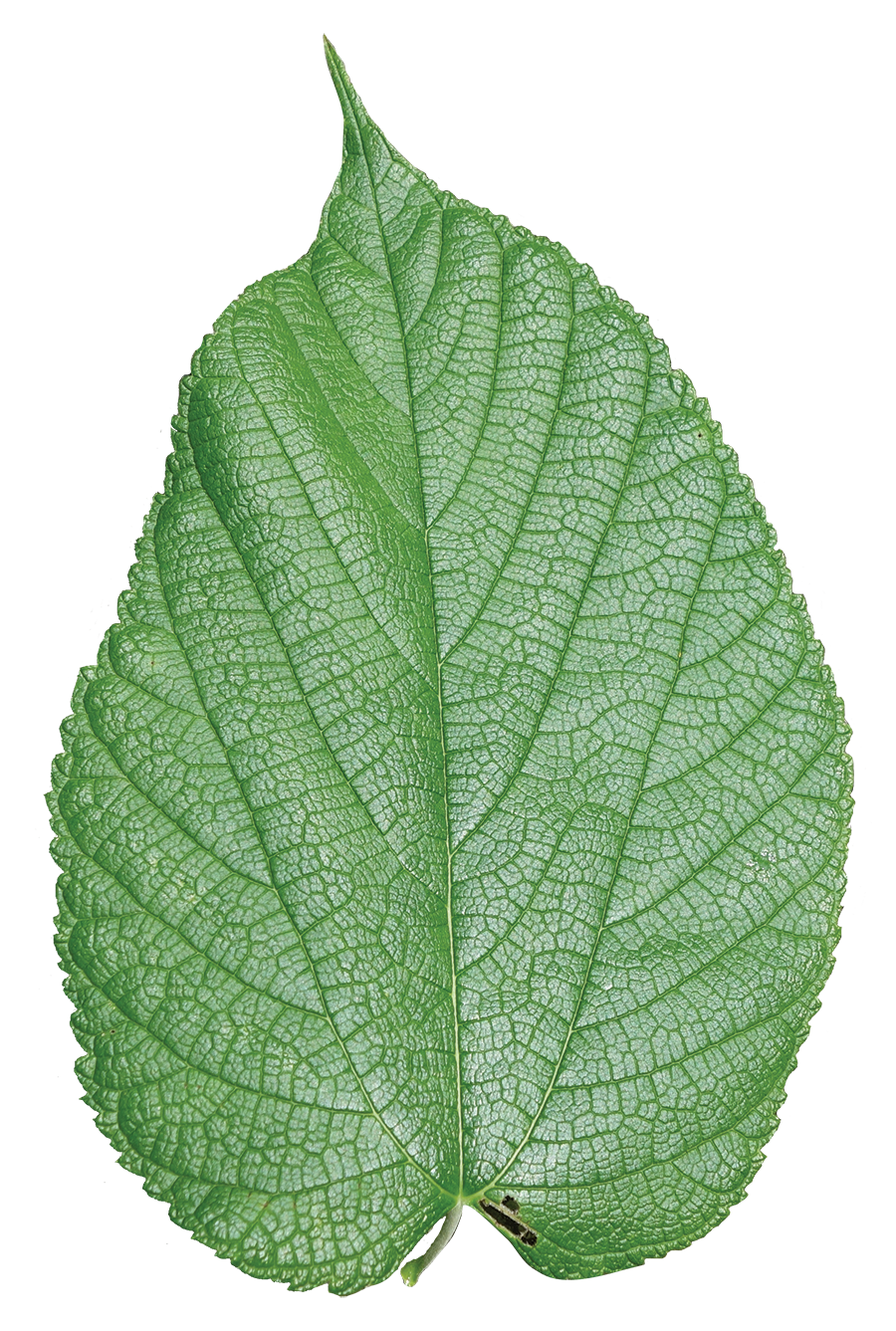
(Morus rubra)
The Mulberry Family (Moraceae)
Medium tree with alternate, deciduous leaves that can be unlobed or two or three-lobed; gray-brown, scaly bark.
Habitat:
Shaded woods, streams, river banks, ditches, ravines, depressions.
Interesting Facts:
Ripe fruit eaten raw or made into jellies, jams and desserts; but unripe berries and milky sap can be poisonous if consumed. Native Americans used sap as a treatment for ringworms and tea made from roots as an anti-parasitic. Fibrous inner-bark produces a sturdy fiber for rope and clothing. Host to the Mourning Cloak Butterfly.
Fruit:
Resembles elongated blackberries, cylindrical, 1-1.25” long, red-black with multiple seeds in each, matures in spring.
Flower:
Male: pale green 2-3" long hanging catkins; Female: pale green 1" long catkins; both appearing in late winter.
Wildlife value:
Ripe fruit favorite spring food source for mammals, butterflies, and many fruit eating birds, including the Yellow-billed Cuckoo.
Fruit

Flowers

Leaf type:
Simple


Tree dimensions:

Leaf length: 4.00-12.00 inches
Tree height: 30.00-60.00 feet
Where to find Red Mulberry on the Louisiana State Arboretum Trails:
TER - Walker Terrace 13.0
WAB - Walker Branch Trail 5.0
Refer to our Live Map to locate this species and its interpretative signage on the trail system.
